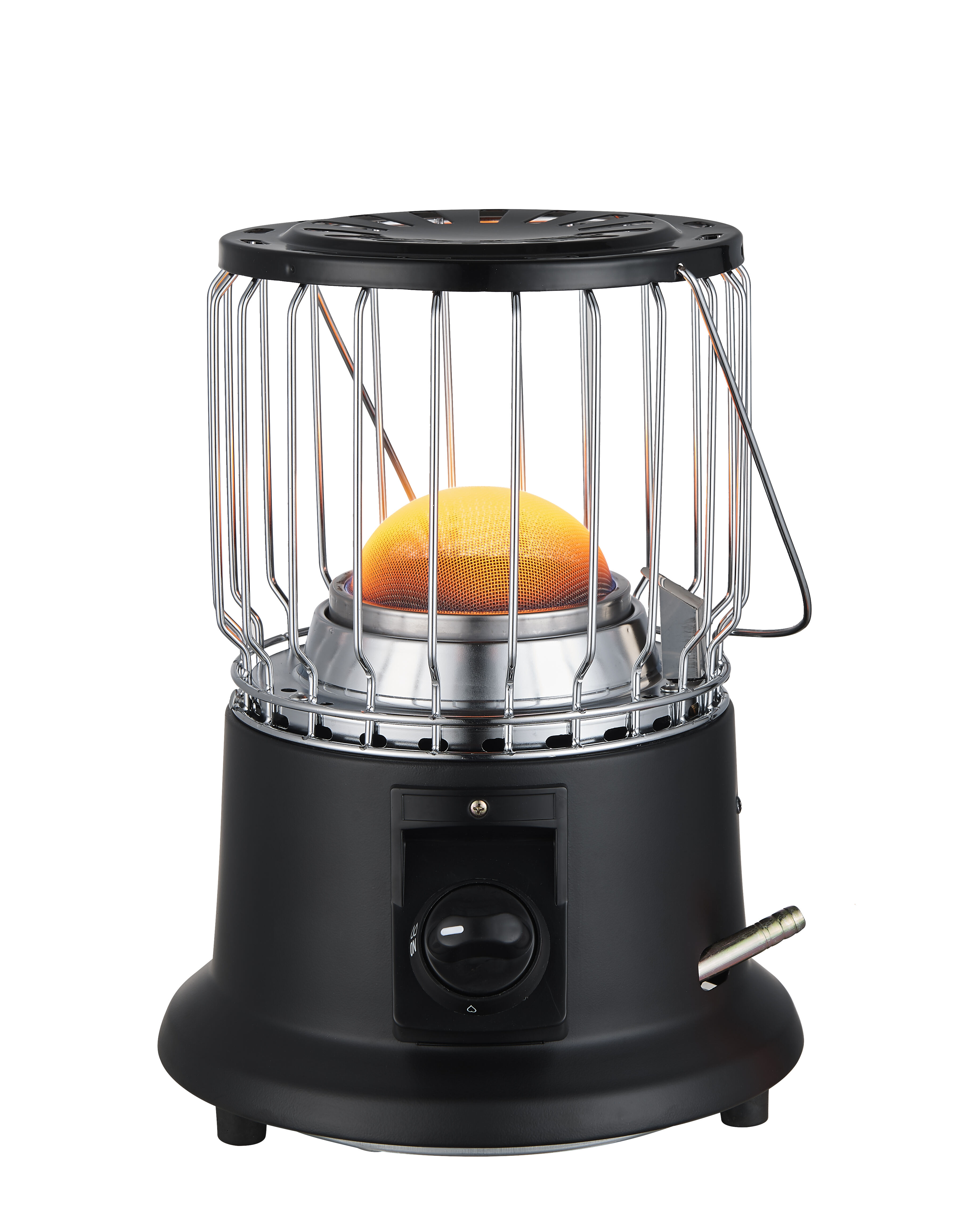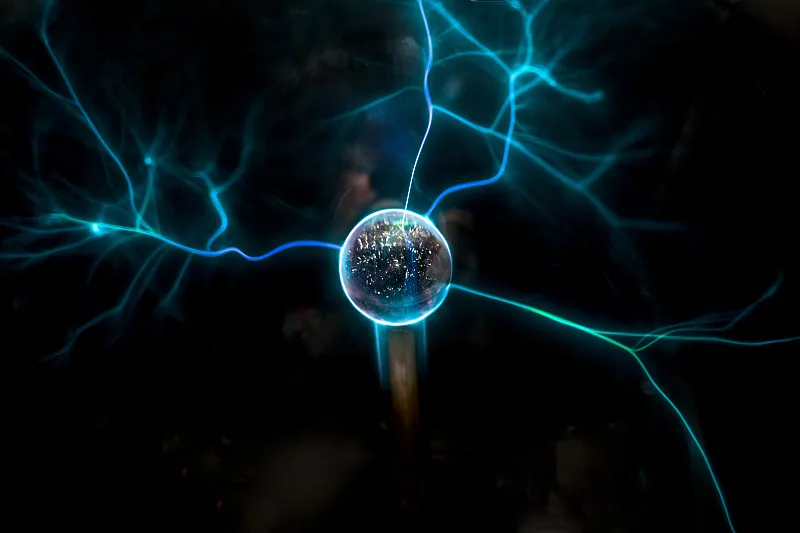Exploring Efficient Infrared Heater Innovations
The evolution of heating technology has brought forth remarkable innovations in infrared heater systems, transforming how we approach energy-efficient climate control in both residential and commercial spaces. Modern infrared heater units represent a significant advancement over traditional heating methods, offering targeted warmth that directly heats objects and people rather than wasting energy on heating air. This revolutionary approach to thermal comfort has gained widespread adoption across industries seeking cost-effective and environmentally responsible heating solutions. Understanding the technological breakthroughs in infrared heating can help property owners make informed decisions about their heating infrastructure investments.

Advanced Technology Integration in Modern Infrared Heating Systems
Smart Control Systems and Automation Features
Contemporary infrared heater designs incorporate sophisticated smart control systems that optimize energy consumption while maintaining precise temperature regulation. These advanced units feature programmable thermostats, wireless connectivity, and smartphone integration capabilities that allow users to monitor and adjust heating parameters remotely. The integration of artificial intelligence algorithms enables these systems to learn usage patterns and automatically adjust heating cycles for maximum efficiency. Smart sensors detect occupancy levels and ambient conditions, ensuring that energy is only consumed when and where heating is actually needed.
The automation features extend beyond basic temperature control to include predictive maintenance alerts, energy consumption tracking, and integration with building management systems. These capabilities make modern infrared heater installations particularly attractive for commercial applications where operational efficiency directly impacts profitability. Advanced diagnostic systems continuously monitor performance parameters and alert facility managers to potential issues before they result in system failures or energy waste.
Energy Efficiency Optimization Technologies
The latest infrared heater innovations focus heavily on maximizing energy conversion efficiency through improved heating element designs and reflector technologies. New ceramic and quartz heating elements achieve higher operating temperatures while consuming less electrical power, resulting in faster heat delivery and reduced operating costs. Enhanced reflector systems direct radiant energy more precisely, minimizing heat loss and ensuring that thermal output is concentrated where it provides the most benefit.
Variable power output controls allow users to fine-tune heating intensity based on specific environmental conditions and comfort requirements. This flexibility prevents energy overconsumption during mild weather conditions while ensuring adequate heating capacity during extreme temperature periods. The combination of efficient heating elements, optimized reflector designs, and intelligent power management systems delivers energy savings of up to forty percent compared to conventional heating methods.
Industrial Applications and Performance Benefits
Manufacturing and Warehouse Heating Solutions
Industrial facilities have embraced infrared heater technology for its ability to provide targeted heating in large spaces without the inefficiencies associated with forced-air systems. Manufacturing environments benefit from the instant heat delivery that infrared systems provide, eliminating the warm-up time required by traditional heating methods. This immediate heat response is particularly valuable in production areas where consistent temperatures are critical for product quality and worker comfort.
Warehouse applications leverage the directional heating capabilities of infrared systems to create comfortable work zones without heating entire building volumes. This zonal heating approach significantly reduces energy consumption while maintaining optimal working conditions in specific areas. The ability to heat objects directly rather than heating air makes infrared heater installations ideal for facilities with high ceilings or frequent door openings that would compromise traditional heating systems.
Commercial Space Heating Innovations
Office buildings, retail spaces, and hospitality venues have adopted advanced infrared heater systems to create comfortable environments while minimizing operational expenses. The silent operation of infrared heating eliminates the noise concerns associated with conventional HVAC systems, creating more pleasant working and shopping environments. Modern installations often incorporate aesthetic design elements that blend seamlessly with architectural features, making heating systems virtually invisible to occupants.
Retail environments particularly benefit from the ability to create comfort zones around customer areas without heating entire store volumes. This targeted approach to comfort control allows businesses to maintain welcoming environments while controlling energy costs. The rapid response characteristics of infrared heater systems enable quick adjustments to changing occupancy patterns throughout business hours.
Environmental Impact and Sustainability Considerations
Carbon Footprint Reduction Strategies
The environmental benefits of modern infrared heater technology extend beyond energy efficiency to include significant reductions in greenhouse gas emissions. By eliminating the need for ductwork and reducing energy consumption, infrared heating systems contribute to lower carbon footprints for both residential and commercial applications. The direct heating approach eliminates heat loss through distribution systems, ensuring that energy consumption directly translates to useful thermal output.
Integration with renewable energy sources makes infrared heater installations particularly attractive for environmentally conscious property owners. Solar panel systems can effectively power infrared heating during daylight hours, while battery storage systems extend this clean energy heating capability throughout evening periods. This compatibility with renewable energy infrastructure positions infrared heating as a key component in sustainable building design strategies.
Resource Conservation and Waste Reduction
The longevity of infrared heater components contributes to reduced material waste and lower replacement costs over system lifespans. High-quality heating elements and control systems typically operate reliably for decades with minimal maintenance requirements. This durability reduces the frequency of component replacements and associated disposal concerns that plague conventional heating systems with multiple moving parts and consumable filters.
Manufacturing processes for modern infrared heating systems increasingly emphasize recyclable materials and sustainable production methods. Component designs prioritize repairability and upgrade capability, allowing existing installations to benefit from technological improvements without complete system replacement. This approach to product lifecycle management aligns with circular economy principles and reduces the environmental impact of heating infrastructure over time.
Installation and Maintenance Advantages
Simplified Installation Requirements
The installation process for modern infrared heater systems offers significant advantages over traditional heating infrastructure, particularly in retrofit applications where existing ductwork may be absent or inadequate. Infrared heating units can be mounted directly to ceilings or walls without requiring extensive modifications to building structure or mechanical systems. This simplified installation approach reduces project timelines and minimizes disruption to ongoing operations in commercial facilities.
Electrical requirements for infrared heater installations are typically straightforward, requiring only standard voltage connections without the complex control systems needed for forced-air heating systems. The absence of ductwork, pumps, and blowers eliminates many potential failure points while reducing the complexity of system commissioning and startup procedures. Professional installation teams can complete most infrared heating projects in significantly less time than comparable traditional heating installations.
Long-term Maintenance Benefits
The maintenance requirements for infrared heater systems are minimal compared to conventional heating technologies, resulting in lower operational costs and improved system reliability. Without moving parts, filters, or complex mechanical components, infrared heating systems require only periodic cleaning and electrical connection inspections. This simplified maintenance profile makes infrared heater installations particularly attractive for facilities with limited maintenance resources or remote locations.
Predictive maintenance capabilities in smart infrared heater systems further reduce maintenance costs by identifying potential issues before they impact system performance. Automated diagnostic systems monitor heating element performance, electrical connections, and control system functionality to provide early warning of maintenance needs. This proactive approach to system maintenance maximizes equipment lifespan while minimizing unexpected downtime and repair costs.
Cost-Effectiveness and Return on Investment
Operational Cost Analysis
The financial benefits of infrared heater technology become apparent through detailed analysis of operational costs compared to traditional heating methods. Direct heating eliminates the energy losses associated with ductwork and heat distribution systems, typically resulting in energy savings of twenty to forty percent depending on application specifics. These efficiency improvements translate directly to reduced utility bills and improved facility operating margins.
Peak demand management capabilities of infrared heater systems provide additional cost benefits by reducing electrical demand charges during high-usage periods. Smart control systems can automatically adjust heating loads to minimize peak demand while maintaining comfort levels, resulting in significant savings on commercial electricity bills. The ability to heat specific zones on demand rather than entire building volumes further contributes to operational cost reductions.
Investment Recovery Timeframes
Payback periods for infrared heater installations typically range from three to seven years depending on local energy costs and specific application requirements. The combination of energy savings, reduced maintenance costs, and potential utility rebates accelerates return on investment timelines for most commercial applications. Residential installations often qualify for energy efficiency tax credits and utility incentive programs that further improve project economics.
Long-term value proposition includes not only operational savings but also increased property values associated with modern, efficient heating infrastructure. Energy-efficient heating systems contribute to higher building ratings in sustainability certification programs, making properties more attractive to environmentally conscious tenants and buyers. The reliability and longevity of infrared heater systems provide additional value through reduced replacement costs over building lifespans.
FAQ
What makes infrared heater technology more efficient than traditional heating methods
Infrared heater systems achieve higher efficiency by directly heating objects and people rather than heating air that must then transfer warmth to occupants. This direct heating approach eliminates energy losses associated with ductwork and air circulation systems, typically resulting in twenty to forty percent energy savings. The instant heat delivery also eliminates warm-up periods required by conventional systems, further reducing energy consumption.
How do smart controls improve infrared heater performance
Smart control systems optimize infrared heater performance through automated scheduling, occupancy detection, and predictive algorithms that learn usage patterns. These features ensure heating energy is only consumed when and where needed, while remote monitoring capabilities allow for real-time adjustments and maintenance alerts. Integration with building management systems enables coordinated operation with other facility systems for maximum efficiency.
What maintenance is required for infrared heater systems
Infrared heater systems require minimal maintenance due to their simple design without moving parts or filters. Routine maintenance typically involves periodic cleaning of heating elements and reflectors, along with annual electrical connection inspections. Modern systems with diagnostic capabilities provide automated monitoring that alerts users to potential maintenance needs before problems develop, further reducing maintenance requirements.
Can infrared heater systems work with renewable energy sources
Yes, infrared heater systems are highly compatible with renewable energy sources such as solar panels and wind power systems. Their electrical operation and ability to provide instant heat make them ideal for integration with battery storage systems that can store renewable energy for heating use during non-generation periods. This compatibility supports sustainable building designs and can significantly reduce or eliminate heating-related carbon emissions.







